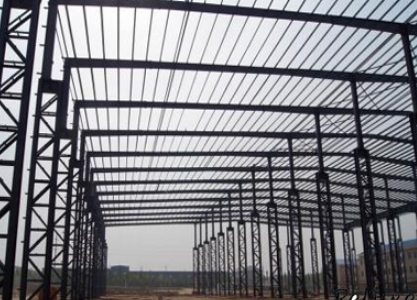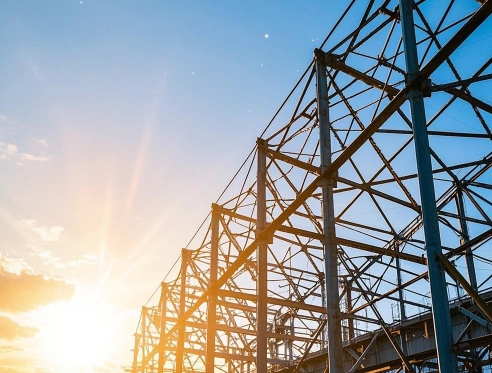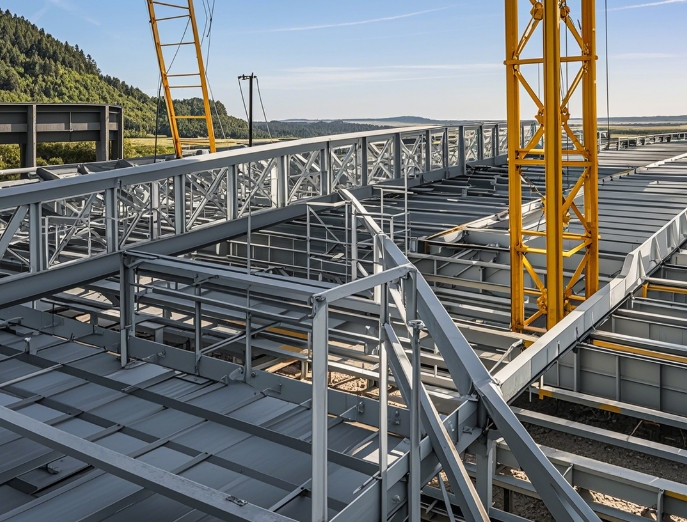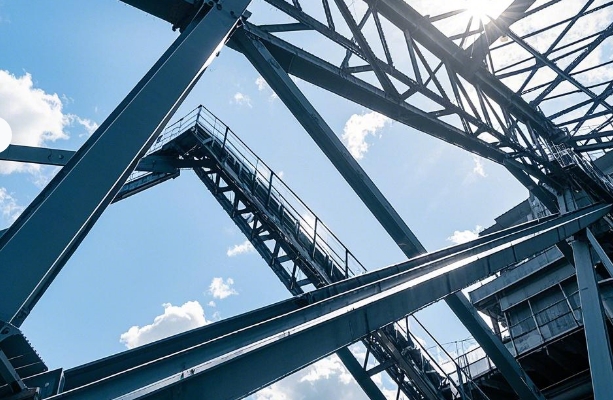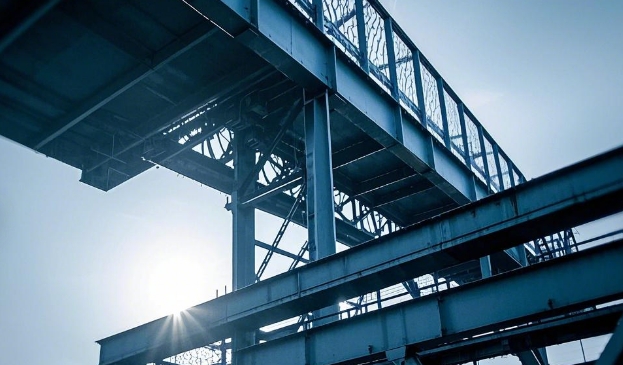Construction requirements for butt welds in steel structures
更新时间:2025-02-21 15:01:44•点击:185616 • Entreprise's news
In modern steel structure building systems, butt welds serve as key nodes connecting steel structural components, and their construction quality directly affects the stability, safety, and service life of the entire structure. Thoroughly understanding and strictly adhering to relevant construction requirements is the core element in ensuring the quality of steel structure engineering, and also the key to ensuring the reliable operation of the project under various complex working conditions.
1、 Reasonable selection of weld seam formThe selection of weld seam form should be closely combined with the actual thickness of the welded component and the specific construction process. When the thickness of the welded component is small, the straight edge seam can effectively meet the general stress requirements due to its advantages of simple processing technology and low cost. However, once the thickness of the welded part exceeds a specific range, such as in manual welding where the plate thickness is greater than 6mm, in submerged arc welding where the plate thickness is greater than 10mm, and in CO ₂ gas shielded welding where the plate thickness is greater than 12mm, in order to ensure complete penetration at the root of the weld seam, opening a groove becomes an inevitable choice.
The common groove forms are diverse and rich, each with unique advantages and applicable scenarios. The processing difficulty of V-shaped groove is relatively low, and it is widely used in the welding of medium thickness welded parts; The U-shaped groove, due to its narrow root, can significantly reduce the filling amount of weld metal, thereby effectively reducing welding stress, especially suitable for welding thicker workpieces; X-shaped and K-shaped grooves are commonly used in double-sided welding scenarios, which not only greatly improve welding quality, but also effectively suppress the occurrence of welding deformation.
2、 Accurately control the size of the weld seam
The precise control of weld size is a key factor in ensuring the quality of butt welds. The width of the weld seam usually needs to be widened by an additional 0.5-2.5mm on each side of the groove, which can effectively ensure sufficient and effective fusion between the weld seam and the base metal, thereby improving the reliability of the connection.
The weld seam height also has strict standard requirements. In manual welding operations, the excess height h should generally be controlled between 0-3mm; During the automatic welding process, the excess height h needs to be controlled within the range of 0-4mm. Excessive excess height can easily lead to stress concentration and have a negative impact on structural performance; If the excess height is too small, it cannot provide sufficient guarantee for the strength of the weld seam, therefore, precise control of the excess height is crucial.
3、 Strict weld quality standards
The quality of welds must meet extremely high standards, requiring continuous and uniform welds, and eliminating any defects such as cracks, pores, slag inclusions, and incomplete penetration. Among them, cracks are the most serious quality hazard. Once they appear, they will greatly weaken the strength of the weld and must be reworked immediately; Pores and slag inclusions can reduce the density of the weld seam, thereby affecting its load-bearing capacity; Failure to weld through will result in a decrease in the effective thickness of the weld seam, severely reducing the connection strength.
During the welding process, it is necessary to strictly control the welding process parameters, such as current, voltage, welding speed, etc., to ensure the stability and consistency of the welding process. After welding, comprehensive non-destructive testing should be carried out according to relevant standards. Common testing methods include ultrasonic testing, radiographic testing, etc., to accurately determine whether the weld quality meets the requirements through professional testing methods.
4、 Effective control of welding stress and deformation
In order to effectively reduce the stress and deformation generated during the welding process, a series of scientifically reasonable measures need to be taken. In the arrangement of welding sequence, careful planning should be made to minimize welding deformations and offset each other as much as possible; Adopting symmetrical welding technology to avoid structural deformation caused by uneven heating on one side; Proper preheating treatment of welded parts can effectively reduce the cooling rate of welding, thereby reducing welding stress.
The construction requirements for steel structure butt welds cover multiple key aspects, including the selection of weld forms, precise control of dimensions, strict quality control, and effective control of stress and deformation. Only by strictly adhering to relevant requirements in every aspect of the entire welding process, from process selection, monitoring to quality inspection, can the quality of steel structure butt welds be effectively guaranteed, laying a solid foundation for the safe and stable operation of the entire steel structure project.
Recommended Reading
-
Full analysis of seismic design and maintenance of grid structure
2025-02-27 16:16:52•579969 次
-
What are the key process points to follow in order to ensure the quality of grid processing?
2025-02-27 11:21:00•94833 次
-
What type of construction is the grid mainly suitable for?
2025-02-25 16:42:00•98351 次
-
Quality control requirements of grid manufacturers!
2025-02-25 16:02:44•172957 次
